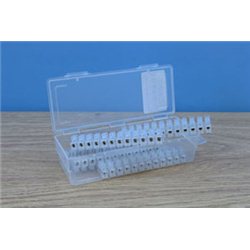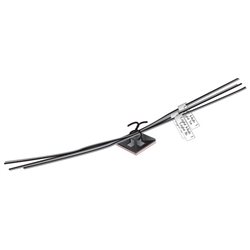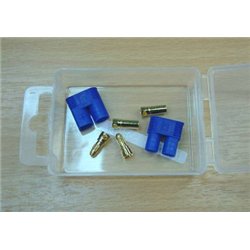Leading wheels, also known as pilot wheels or guide wheels, serve an important purpose on a steam locomotive. They...
No products
Product successfully added to your shopping cart
There are 0 items in your cart. There is 1 item in your cart.
Search Tips
Christmas and New Year
We are dispatching orders every weekday apart from Christmas Day, Boxing Day and New Year's Day.
If you order is time critical, select next day delivery at checkout.
The shop in Sandown is closed from 25th December, reopening on 30th December.
What is a dropper wire?
When using a bus wire (shared common wire) to distribute power around your layout, you will inevitably have to tap into the wire at various locations to install small stretches of additional wire to connect the main bus wire with the components or sections of track that you wish to supply power to. It is these small stretches of connecting wires that are known as the dropper wires.
Dropper wires can be thinner than the main bus wire and only need to be thick enough to carry the amount of current needed to power the component in question. They can be soldered directly into the main bus wire but you should always be careful to install any resistors that are required for the protection of the components being installed.
Another consideration when installing dropper wires is that the bus wire you are tapping into is carrying the correct type of current for the intended component because an AC power supply will likely cause damage to any components that are intended to be operated by DC.
Click here to receive the tips weekly in your mailbox. You can unsubscribe at any time.










